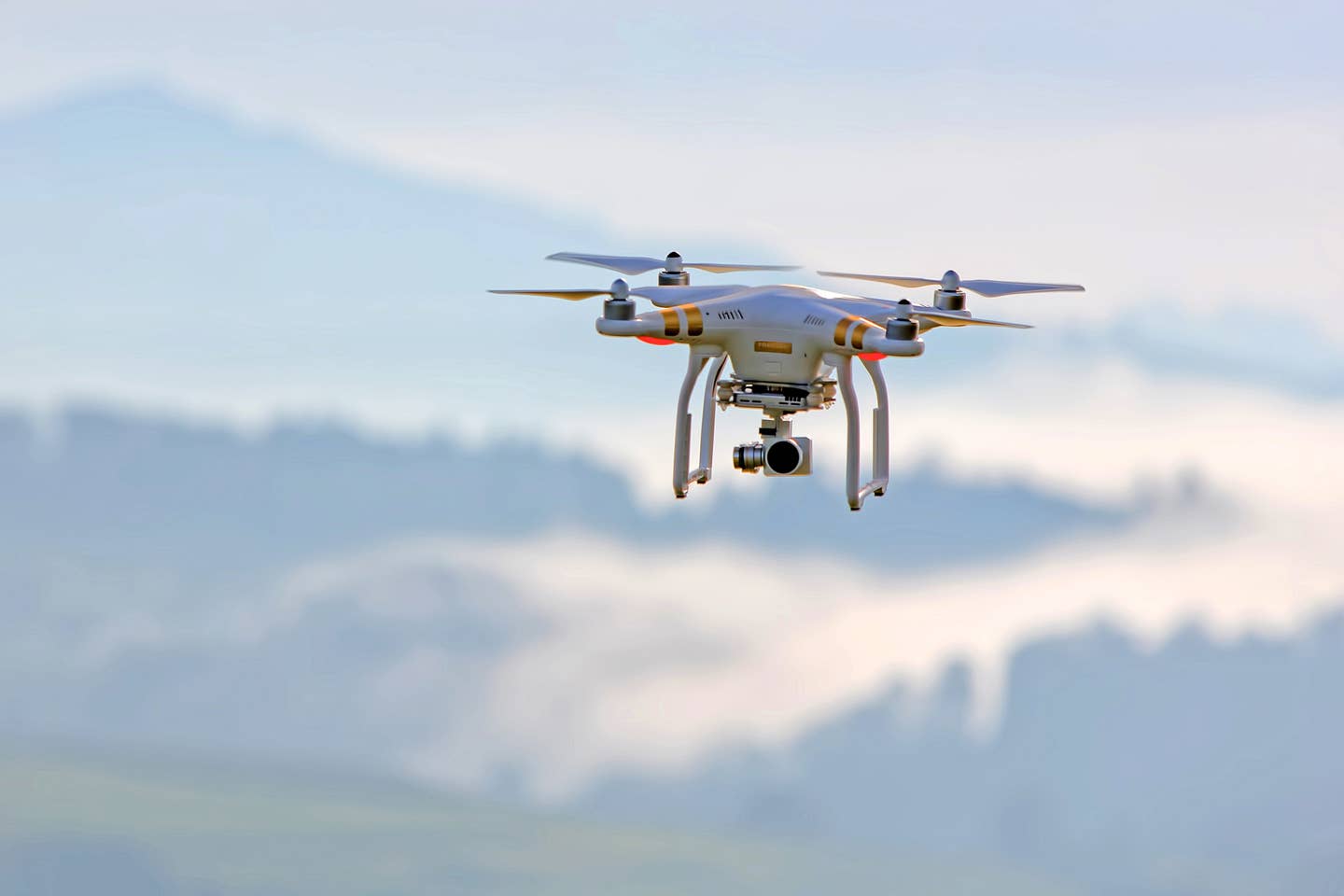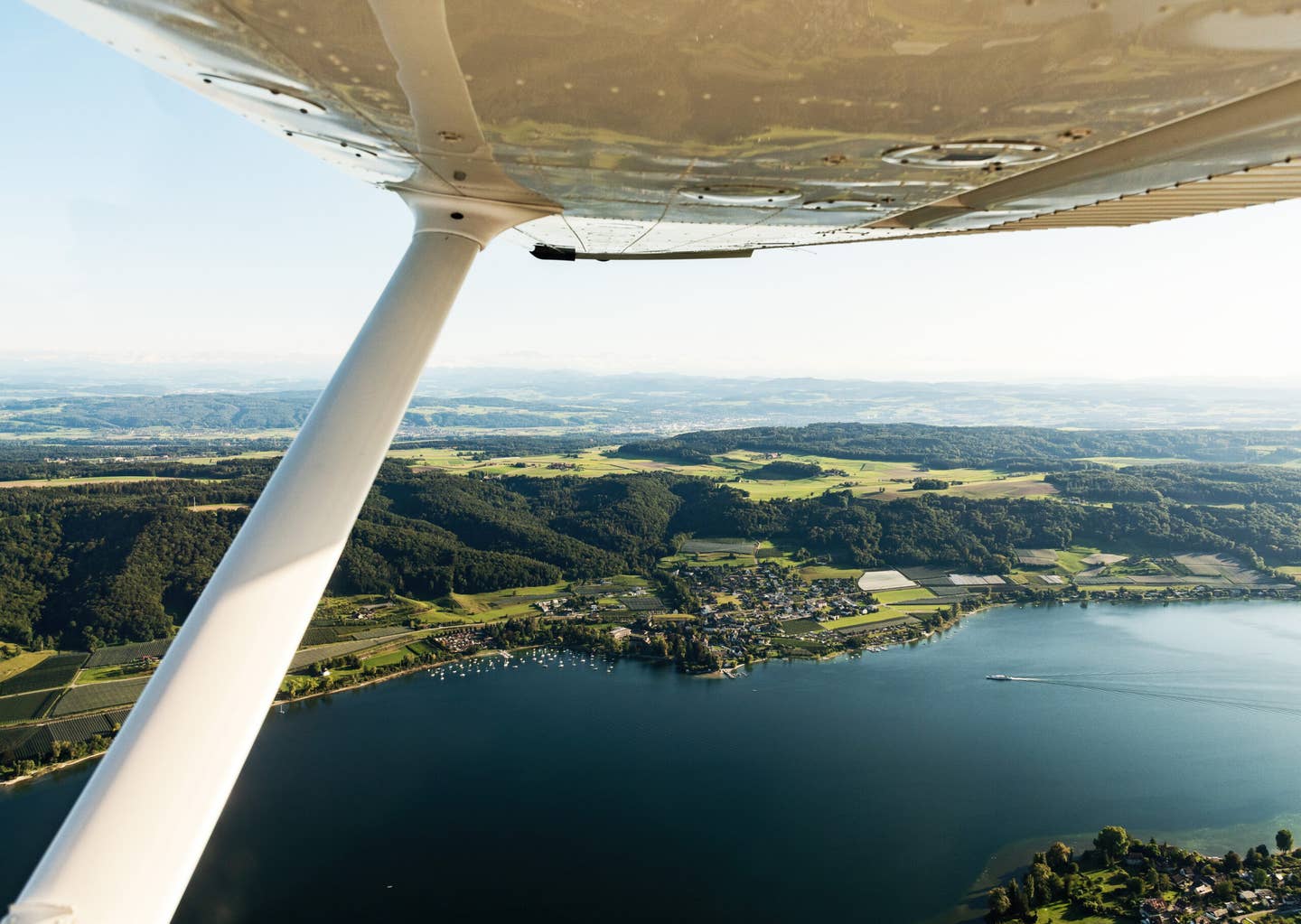
Drones using Remote ID can operate in the National Airspace System, while the FAA now provides for operations over people and at night under certain limitations. Ricardo Gomez Angel/Unsplash
On December 28, the FAA announced the release of final rules covering unpiloted aircraft or drones in the National Airspace System in the US. Not surprisingly, the new rules call for the remote identification of drones (known as Remote ID), allowing operators of small drones to fly over people and at night time under given conditions. At this time, drones account for the fastest-growing transportation sector, with more than 1.7 million aircraft registrations and roughly 203,000 FAA-certificated remote pilots.
Remote ID was seen as a necessary step because of that growth, and because of the continued integration of UAS within the same airspace as piloted aircraft. According to the FAA, “Remote ID provides identification of drones in flight as well as the location of their control stations, providing crucial information to our national security agencies and law enforcement partners, and other officials charged with ensuring public safety. Airspace awareness reduces the risk of drone interference with other aircraft and people and property on the ground.”
While Part 107 of the federal aviation regulations currently prohibits the operation of drones over groups of people or at night without a waiver, Remote ID opens the door to a process by which remote pilots could operate small drones without having to apply for the waiver. “The new rules make way for the further integration of drones into our airspace by addressing safety and security concerns,” said FAA Administrator Steve Dickson. “They get us closer to the day when we will more routinely see drone operations such as the delivery of packages.”
Recreational pilots of drones and model aircraft have specific guidance to follow, particularly when it comes to using “fixed flying sites” also known as permanent flying sites, or model aircraft fields. An advisory circular, AC 91-57B, outlines the exceptions and expands on the published rules. Pilots of model aircraft are encouraged to refer to the Academy of Model Aeronautics handbook for more information.

Sign-up for newsletters & special offers!
Get the latest FLYING stories & special offers delivered directly to your inbox






